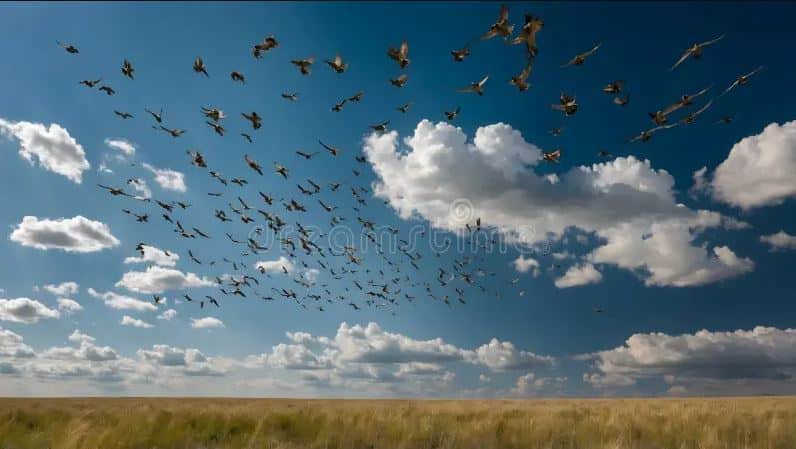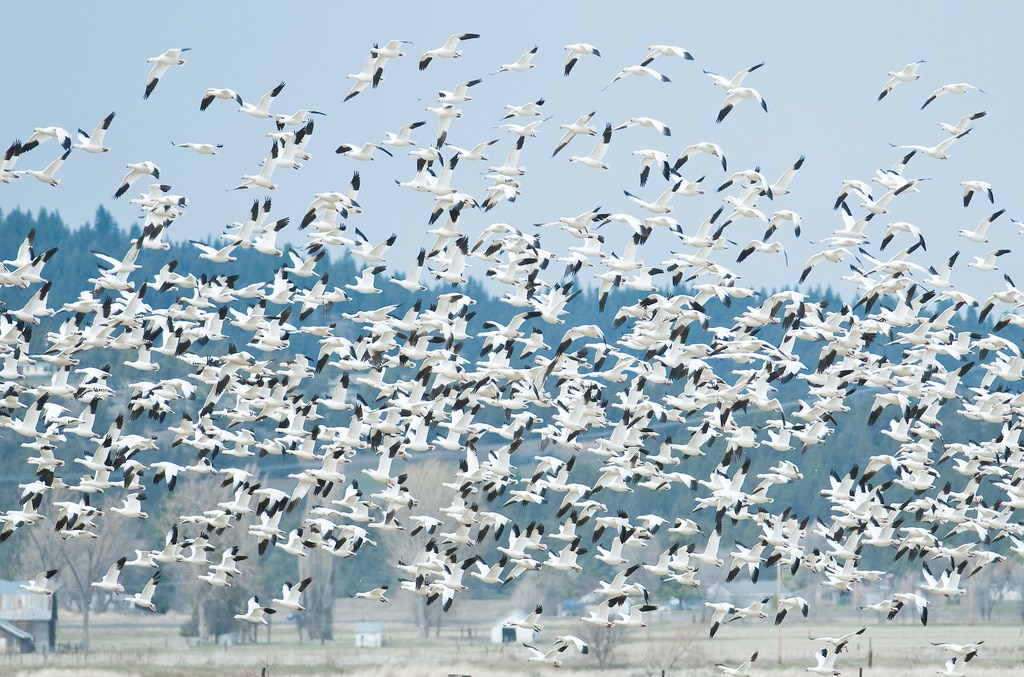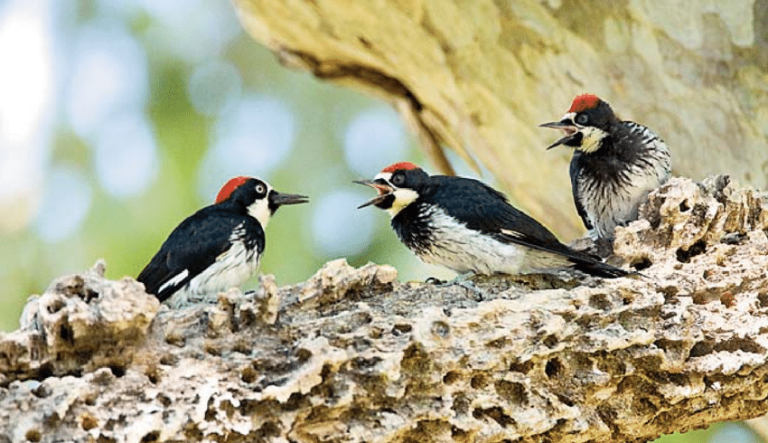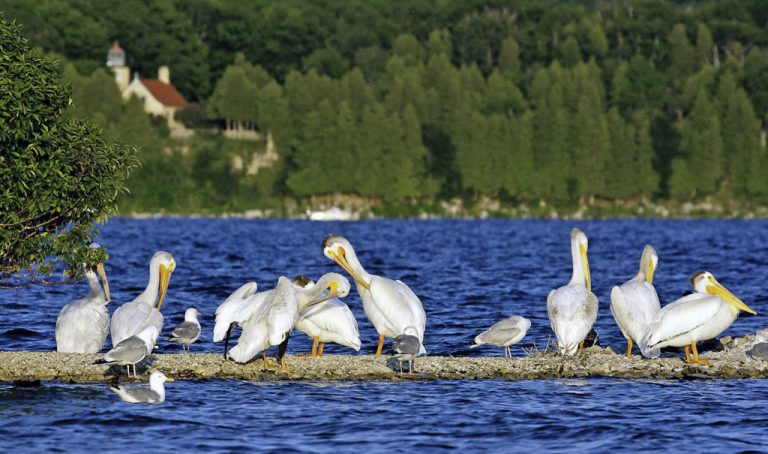What Is a Group of Larks Called? The Fascinating Name and Behavior Behind These Joyful Birds
When you think of birds singing joyfully at dawn, there’s a good chance you’re picturing a lark. These small, melodious birds are famous for their cheerful songs and skyward flights. But have you ever wondered what a group of larks is called?
The answer might surprise you—and so will the deeper story behind this whimsical name. In this comprehensive guide, we’ll explore not only the term used to describe a group of larks, but also the behavior, social habits, cultural symbolism, and natural beauty that make larks such beloved creatures.
So, What Is a Group of Larks Called?
The correct term for a group of larks is a “exaltation.”
Yes, you read that right—an exaltation of larks.
It’s one of the most poetic and evocative collective nouns in the English language. The word “exaltation” suggests joy, upliftment, and celebration—an appropriate term for birds known for their sky-high songs and light-hearted flights.
Other Collective Nouns for Larks
While “exaltation” is the most recognized and elegant term, you might also encounter:
- A bevy of larks
- A flight of larks
- A ascension of larks (less common)
However, “exaltation of larks” remains the most enduring and widely celebrated phrase, especially in literature and poetic circles.
Why Are Larks Associated with “Exaltation”?
Let’s take a closer look at why the term “exaltation” fits larks so perfectly.
1. Their Joyful Song
Larks are known for their exuberant singing, often while flying straight up into the sky. This upward, musical motion inspired the idea of exaltation, which literally means to lift up with joy.
2. Dawn Singing
Larks are among the earliest birds to sing in the morning. Their association with dawn—when darkness gives way to light—adds to the spiritual, uplifting image.
3. Symbolism in Poetry and Literature
Writers and poets for centuries have connected larks with happiness, freedom, and divine inspiration. The phrase “an exaltation of larks” may have originated from 15th-century English literature, where creative collective nouns for animals were coined.
Meet the Lark: Species and Characteristics
To fully appreciate the term “exaltation of larks,” it helps to understand the birds themselves. There are about 90 species of larks, all belonging to the family Alaudidae. While many live in Europe, Africa, and Asia, some species have also been introduced to North America and Australia.
Common Species of Larks
- Skylark (Alauda arvensis) – Most famous for its beautiful song
- Horned Lark (Eremophila alpestris) – The only true lark native to North America
- Crested Lark (Galerida cristata) – Known for the prominent crest on its head
- Calandra Lark (Melanocorypha calandra) – Found in southern Europe and Asia
Physical Characteristics
- Small to medium-sized birds
- Brown or grayish plumage with subtle streaks
- Long hind claws and relatively short tails
- Excellent singers with complex vocalizations
The Social Behavior of Larks
Now that we know the term “exaltation of larks,” what does a group of larks actually look like in the wild? Are they social? Do they flock often?
Flocking Habits
Many lark species are quite social, especially outside the breeding season. You might see them in small to large groups:
- Foraging together in open fields or grasslands
- Flying in loose flocks over plains and meadows
- Roosting in groups during colder months
While their flocking behavior isn’t as dramatic as starlings or geese, larks still form noticeable groups, particularly during migration or when food sources are abundant.
Communication
Larks are expert communicators. Their complex songs are used to:
- Mark territory
- Attract mates
- Warn others of predators
- Maintain group cohesion in flight
It’s easy to see how their coordinated singing and movement could inspire the image of an “exaltation.”
Larks in Literature, Language, and Culture
The term “exaltation of larks” has been deeply woven into the English language and cultural imagination. Let’s explore how larks have inspired human expression for centuries.
Historical Origin of the Phrase
The phrase “an exaltation of larks” first appeared in The Book of Saint Albans (1486) by Dame Juliana Berners. This was a treatise on hunting, hawking, and heraldry, and it introduced whimsical collective nouns for many animals.
Other creative group names from the same era include:
- A murder of crows
- A parliament of owls
- A gaggle of geese
The phrase “an exaltation of larks” likely stemmed from the bird’s uplifting song and heavenly ascent.
Shakespeare and the Lark
No discussion of larks in literature is complete without mentioning William Shakespeare, who referenced larks multiple times:
“Hark! Hark! the lark at heaven’s gate sings”
– Cymbeline, Act 2, Scene 3
Here, Shakespeare captures the pure joy and symbolism of the lark’s early morning melody, rising like a prayer to the skies.
Modern Usage
Even today, the term “exaltation of larks” is used in:
- Poetry and song lyrics
- Ornithology blogs and birdwatching forums
- Titles of books and artworks (e.g., An Exaltation of Larks by James Lipton)
Where Can You Spot an “Exaltation of Larks”?
If you’re an avid birdwatcher or just curious about spotting a group of larks in the wild, here’s what you need to know.
Ideal Habitats
Larks thrive in:
- Open grasslands
- Agricultural fields
- Semi-arid deserts
- Steppe and tundra regions
They prefer flat, open areas with minimal tree cover, which allows them to spot predators and sing freely.
Best Time to Observe
- Early morning (for dawn singing)
- Spring and summer (breeding season)
- Autumn (during migration or group foraging)
You’ll often hear larks before you see them. Look up—many species sing while hovering high in the sky.
Fun Facts About Larks
To further enrich your knowledge, here are some delightful and surprising facts about these musical birds:
1. They Sing While Flying Straight Up
Skylarks are known for vertical flight, singing as they ascend—a breathtaking display of vocal and physical stamina.
2. Larks Are Not Always Colorful
Their earthy plumage may seem dull, but it provides perfect camouflage on the ground where they nest and forage.
3. Larks Lay Their Eggs on the Ground
Most larks build simple ground nests, making them vulnerable to predators. Their camouflage is their best defense.
4. Only a Few Lark Species Are Found in North America
The Horned Lark is the most common lark species across the U.S. and Canada, especially in open country.
5. They’ve Inspired Music and Art
From classical compositions to modern folk songs, larks have long inspired human creativity. Ralph Vaughan Williams’ The Lark Ascending is one of the most famous musical tributes to the bird.
Are Larks Endangered?
While many lark species are still abundant, some face serious threats due to habitat loss and pesticide use.
Threatened Lark Species
- Raso Lark – Critically endangered and found only on a small island in Cape Verde
- Asian Short-toed Lark – Declining due to grassland degradation
- Sky Lark (UK populations) – Declining due to modern agriculture
How You Can Help
- Support conservation programs
- Avoid pesticide use
- Advocate for native grassland preservation
- Participate in citizen science bird counts
Protecting larks helps preserve the joy they bring with their dawn songs and graceful group flights.
FAQs About Larks and Their Groups
Q: What is a group of larks called?
A: An exaltation of larks.
Q: Are larks social birds?
A: Yes, especially outside breeding season. They often forage and fly in loose flocks.
Q: Why is the term “exaltation” used?
A: Because larks are known for their uplifting flight and joyful dawn songs, inspiring the poetic image of “exaltation.”
Q: Where do larks live?
A: Mostly in open fields, grasslands, steppes, and agricultural areas across Europe, Asia, Africa, and parts of North America.
Q: Are larks endangered?
A: Some species are, due to habitat destruction and agricultural practices. Conservation efforts are underway to protect them.
Final Thoughts: A Joyful Celebration in Flight
So, the next time you hear a sweet melody at dawn or spot a few birds darting joyfully over a field, you might be witnessing an exaltation of larks. This lyrical phrase not only names a group of birds—it captures the magic, beauty, and cultural richness that larks have inspired for centuries.
In a world full of noise and haste, the gentle presence of larks—and the idea of their joyful gatherings—reminds us to pause, listen, and appreciate nature’s quiet poetry.
Want more bird facts, fun articles, and helpful guides?
Visit WildBirdLady.com for more fascinating stories from the skies!








